-
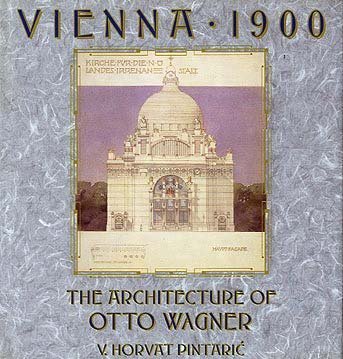 Peter Behrens (1868-1940) was one of the most innovative architects and designers of the early 20th century. He is widely recognized as a pioneer of modern industrial design. To this day, his buildings and designs inform our everyday lives. As head designer at AEG, Behrens created the company's turbine hall in Berlin-Moabit. This construction ranks among the most famous buildings of industrial architecture and is known around the world. But Behrens also developed AEG's logo and corporate design - long before this concept actually existed. He thus established a consistent and standardized visual appearance for all products and marketing materials, ranging from the company's letterhead to its advertisements. In addition, he was an accomplished typographer and designed trademarks which are still extant, not the least of which is the iconic font for the inscription 'Dem deutschen Volke' (To the German People) atop the Reichstag building in Berlin.
Peter Behrens (1868-1940) was one of the most innovative architects and designers of the early 20th century. He is widely recognized as a pioneer of modern industrial design. To this day, his buildings and designs inform our everyday lives. As head designer at AEG, Behrens created the company's turbine hall in Berlin-Moabit. This construction ranks among the most famous buildings of industrial architecture and is known around the world. But Behrens also developed AEG's logo and corporate design - long before this concept actually existed. He thus established a consistent and standardized visual appearance for all products and marketing materials, ranging from the company's letterhead to its advertisements. In addition, he was an accomplished typographer and designed trademarks which are still extant, not the least of which is the iconic font for the inscription 'Dem deutschen Volke' (To the German People) atop the Reichstag building in Berlin. -
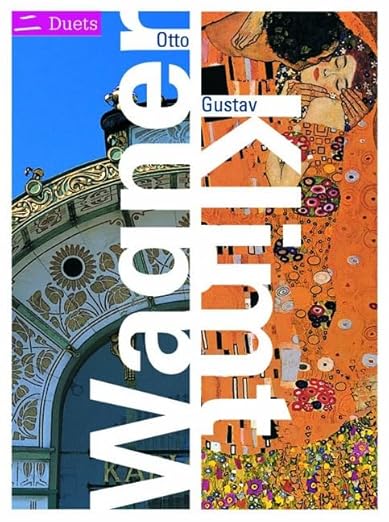 At the turn of the 20th century, the Vienna Secession shook the worlds of art and design, breaking the rigid constraints of an esthetic dominated by slavish emulation of prior styles. Nowhere is this paradigm shift better exemplified than in the works of the two Austrian creators featured here. Architect Otto Wagner (1841-1918) famously rejected the eclectic imitation and combination of historical styles that had dominated European architecture, advocating instead constructions aware of modern materials, modern needs, and modern society. Painter Gustav Klimt (1862-1918) broke with an academic art style to develop an intensely personal style favoring fluid lines, bold colors, provocative imagery, and diverse media. Otto Wagner/Gustav Klimt, the third title in the Duets series, brings together the work of these two artists in order to present a rich comparative study. Essentially three volumes in one, a section on each artist presents a brief biography and an examination of some major works, with a third section that compares the images and ideas of the two artists. Art and architecture lovers will treasure this book for years to come.
At the turn of the 20th century, the Vienna Secession shook the worlds of art and design, breaking the rigid constraints of an esthetic dominated by slavish emulation of prior styles. Nowhere is this paradigm shift better exemplified than in the works of the two Austrian creators featured here. Architect Otto Wagner (1841-1918) famously rejected the eclectic imitation and combination of historical styles that had dominated European architecture, advocating instead constructions aware of modern materials, modern needs, and modern society. Painter Gustav Klimt (1862-1918) broke with an academic art style to develop an intensely personal style favoring fluid lines, bold colors, provocative imagery, and diverse media. Otto Wagner/Gustav Klimt, the third title in the Duets series, brings together the work of these two artists in order to present a rich comparative study. Essentially three volumes in one, a section on each artist presents a brief biography and an examination of some major works, with a third section that compares the images and ideas of the two artists. Art and architecture lovers will treasure this book for years to come. -
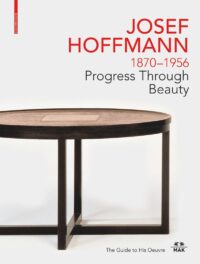
-
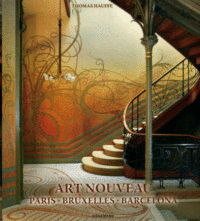
-
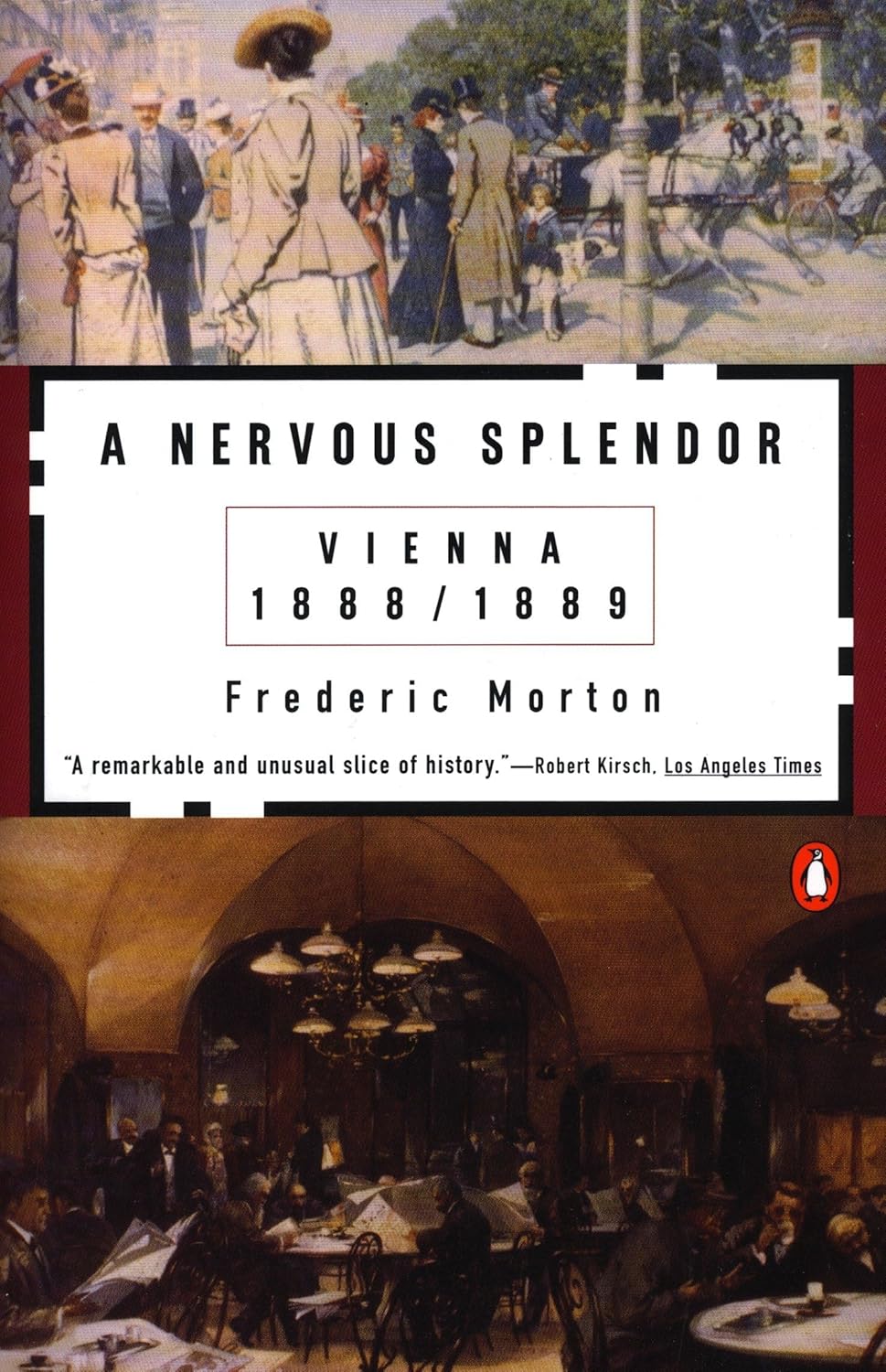 A National Book Award Finalist A "riveting" (New York Times) look at one year of Viennese life during the twilight of an empire On January 30, 1889, at the champagne-splashed hight of the Viennese Carnival, the handsome and charming Crown Prince Rudolf fired a revolver at his teenaged mistress and then himself. The two shots that rang out at Mayerling in the Vienna Woods echo still. Frederic Morton, author of the bestselling Rothschilds, deftly tells the haunting story of the Prince and his city, where, in the span of only ten months, "the Western dream started to go wrong." In Rudolf's Vienna moved other young men with striking intellectual and artistic talents—and all as frustrated as the Prince. Among them were: young Sigmund Freud, Gustav Mahler, Theodor Herzl, Gustav Klimt, and the playwright Arthur Schnitzler, whose La Ronde was the great erotic drama of the fin de siecle. Morton studies these and other gifted young men, interweaving their fates with that of the doomed Prince and the entire city through to the eve of Easter, just after Rudolf's body is lowered into its permanent sarcophagus and a son named Adolf Hitler is born to Frau Klara Hitler.
A National Book Award Finalist A "riveting" (New York Times) look at one year of Viennese life during the twilight of an empire On January 30, 1889, at the champagne-splashed hight of the Viennese Carnival, the handsome and charming Crown Prince Rudolf fired a revolver at his teenaged mistress and then himself. The two shots that rang out at Mayerling in the Vienna Woods echo still. Frederic Morton, author of the bestselling Rothschilds, deftly tells the haunting story of the Prince and his city, where, in the span of only ten months, "the Western dream started to go wrong." In Rudolf's Vienna moved other young men with striking intellectual and artistic talents—and all as frustrated as the Prince. Among them were: young Sigmund Freud, Gustav Mahler, Theodor Herzl, Gustav Klimt, and the playwright Arthur Schnitzler, whose La Ronde was the great erotic drama of the fin de siecle. Morton studies these and other gifted young men, interweaving their fates with that of the doomed Prince and the entire city through to the eve of Easter, just after Rudolf's body is lowered into its permanent sarcophagus and a son named Adolf Hitler is born to Frau Klara Hitler.

